Seeing the Light: Tips for Mobile Photography Portraits
Do you ever wonder why some mobile photography portraits look professional? I’ll let you in on a little secret — it’s the lighting. Learn mobile photography lighting to create professional-looking high-quality mobile photography portraits.
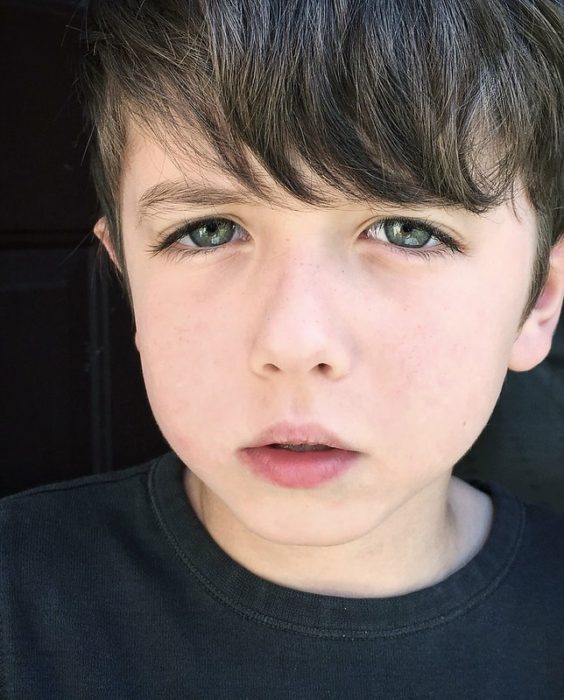
Lighting is a very important aspect of photography and is often overlooked. It is what makes a photo come alive and feel three dimensional. It can make or break a photo, and will often be the difference between a good photo and a bad one.
LIGHTING FOR MOBILE PHOTOGRAPHY PORTRAITS
Lighting is especially important in mobile photography because the quality of the photo will be dramatically affected by poor light. Personally, I do not like to use the flash on my iPhone as I don’t like the quality it produces. Often, the flash on the smartphone camera will produce portraits with “red-eye” as the flash on the iPhone is directional. Simply, that means that it can’t be bounced off a ceiling or wall to help make the light softer and look less harsh and flattering.
While the low light cameras on smartphones these days are getting better – like the iPhone 11 Pro, my favourite type of light for mobile photography portraits is natural light. It’s what I prefer to rely on as it is all around us, and smartphone lighting accessories are not needed.
In this article, I will discuss two types of light for mobile photographers and how it can improve the quality and look of your mobile photography portraits.
TWO TYPES OF NATURAL LIGHT FOR MOBILE PHOTOGRAPHERS
OPEN SHADE LIGHTING FOR MOBILE PHOTOGRAPHERS
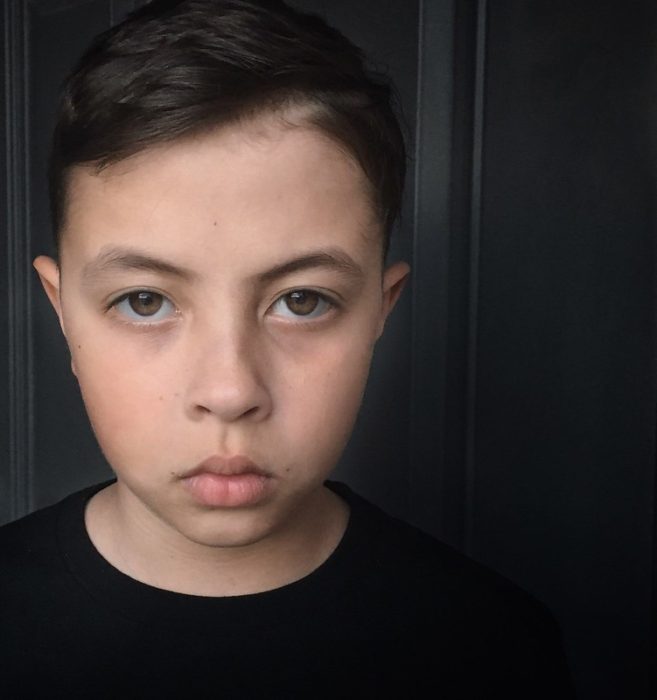
Open shade is light that is not direct and it is soft. It is easily found in the shadow of a large building, under leafy trees, on a porch, in a garage or on a cloudy day – anywhere where you are not directly in sunlight. Simply, it shields your subjects from direct sun. One way to find it is to stand on a veranda and ask your subject to turn slowly (a full 360 degrees). As you look into their eyes, watch the light change. No, this is not some scene from a romance movie, you’re looking for that little sparkle in their eyes. That sparkle is called a catchlight and is produced by the light source such as the sky or a window if you are indoors. Catchlights are the reflection of the light in the eyes and can range in size. It is the sparkle that you didn’t know you were searching for. You will notice the best light comes when your subject is facing the light source (open sky).
One note of caution, if you are under trees, the lighting can change quickly and you need to beware of dappled light. While you may be in open shade and generally protected by directional light under a tree, some dappled light could come through and affect the outcome, making the portrait less desirable.
Sometimes, the light may fall short (not reaching the subject fully) so you can position the subject to be closer to the edge of a porch, the trees etc. If your subject is wearing a hat, you may want to try and get them to look up a bit. If you’re photographing a candid photo, then you will want to wait until they look up (depending on the age of your subject). Notice the catchlights in the eyes on the portraits displayed in this article.

WINDOW LIGHT FOR MOBILE PHOTOGRAPHERS
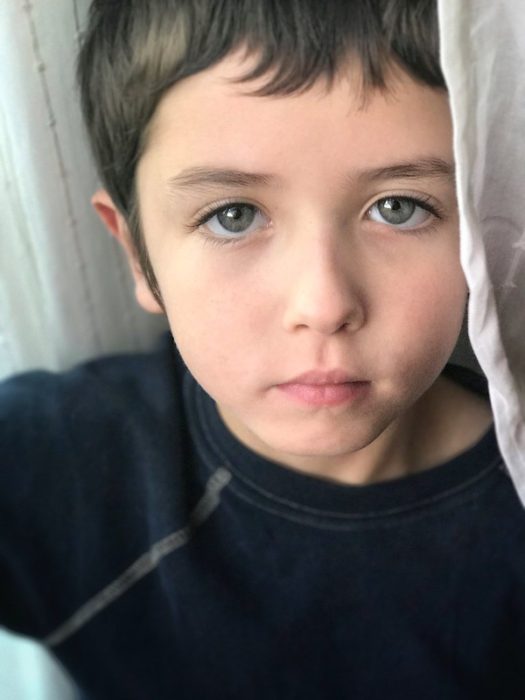
Window light is my favourite indoor light. You can use the window the same way you’d use the open sky when outdoors. The window light should be in front of the subject and at the back of the photographer.
Another way to use window light, and for a more dramatic effect, is to have the window on one side of your subject. The side of the subject that is away from the window will be darker and thus a more dramatic and moody feel. It’s a great type of light for portraiture.
Have your subject turn slowly so you can see how the light appears in their eyes, find the catchlights. The window light will change significantly as your subject moves. You don’t need to worry about the exact angle, just look at how it falls when your subject moves and what you prefer.
If the light source is at a 90-degree angle to the subject you will find a very dramatic look, at a 45-degree angle you will find a softer feel.
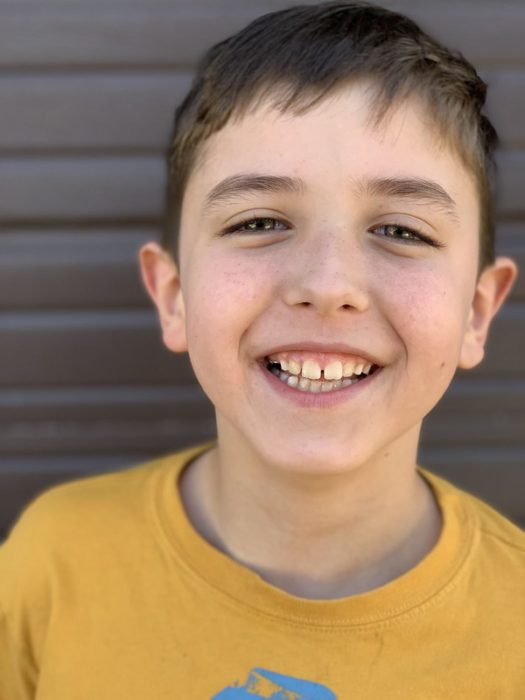
MOBILE PHOTOGRAPHY LIGHTING TIPS
Pay attention to how the light falls in your home over a day or two. Natural light is constantly changing so look at it at different times of the day. That way, when the opportunity comes to catch that perfect moment, you will know how to deal with it.
As a photographer, I see the light very differently and operate intentionally. If I see the light is particularly beautiful in one area of the home or outdoors, I will wait patiently for the right moment when my subject(s) enter that area.
Hopefully, this gives you a bit more insight into two types of natural light for mobile photographers. I hope these tips will help you create fantastic portraits with your smartphone.
Caution, after reading this article and practicing with these two types of light, you may find yourself seeing catchlights everywhere.
READ: Photography Your Safari with a Smartphone
MOBILE PHOTOGRAPHY WORKSHOPS
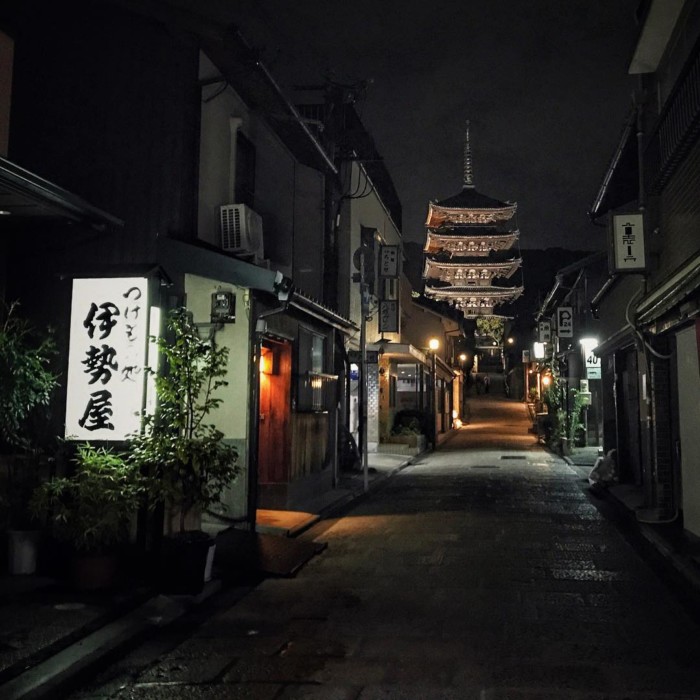
I’ve been a professional photographer since 2003 and a mobile photography educator since 2013. I am based in the Toronto area.
Learn how to photograph your travels, landscapes, nature, wildlife, and people with your smartphone.
I offer fun and practical in-person hands-on mobile photography workshops in Toronto and the Greater Toronto Area (GTA).
For those not in Toronto or the GTA, I offer mobile photography mobile photography lessons using web technologies.
TO LEARN MORE, VISIT: MOBILE PHOTOGRAPHY WORKSHOPS
AIRBNB EXPERIENCES
If you’re in Toronto or visiting the area and are into nature, birding and wildlife photography, I offer a birding/nature walk + photography lesson through Airbnb experiences Toronto.
I hope these tips will help you create cherished photos of your safari. If you have any questions, please do not hesitate to contact me.
SUBSCRIBE to wanderingiPhone.com for staying in the loop – exclusive opportunities, photo tours, workshops, webinars, and subscriber discounts on mobile photography workshops, consulting and more.
